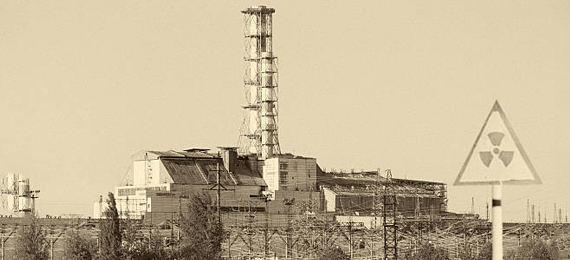
Recorded as the world’s worst nuclear disaster in history, the Chernobyl accident occurred on April 26, 1986, at around 1:23 am in the morning. Located in Kiev, Ukraine, Chernobyl is the oldest nuclear power plant. With 4 reactors, the plant’s purpose was to generate electricity by using U-235 uranium dioxide fuel to run the turbines. The flaws in the design of the reactor, untrained workers, and a lack of safety culture together claimed the lives of nearly 4000 people as projected by the IAEA.
What Happened at Chernobyl?
In an attempt to test the operation of long turbines in generating power to the circulating pumps in the absence of power supply, the operators at reactor 4 performed a series of actions that caused the reactor to overheat and explode. It was too late before any measures could be taken. Design flaws and overpressure in the reactor caused a nuclear fission reaction as a result of which a radioactive steam cloud was released into the atmosphere. Two operators working on the site died within minutes of the explosion.
The Aftermath of the Disaster
The release of nuclear materials and steam into the atmosphere took the lives of nearly 4000 people according to the IAEA but in reality, the number of casualties was far more. Newborn babies in the areas nearby still suffer serious birth defects apart from the thyroid cancer epidemic that broke years after the actual disaster. The death toll included operators, firemen, and people from the villages nearby. The worst part of the accident was that the civilians from the town of Pripyat were not instructed to evacuate until 36 hours after the explosion. This further worsened the death rate.
1. When Did the Chernobyl Accident Occur?
- A. 1977
- B. 1990
- C. 1986
- D. 1942
How Is Chernobyl Today?
The nuclear plant is completely shut down today with a huge concrete sarcophagus covering the reactor. People are still appointed to monitor the leakage of any radioactive material that might escape. Chernobyl was later made an official tourist attraction in the year 2011 and every year people visit the place where the disaster occurred though certain areas are restricted for public entry.